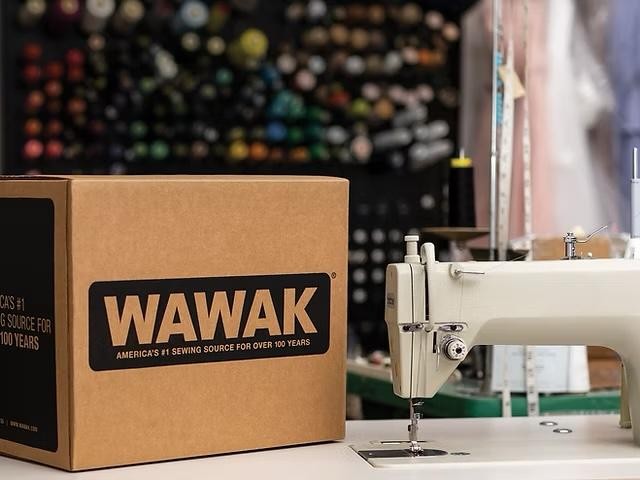Trust isn’t built overnight. It’s a continuous process of showing up, communicating transparently, and consistently delivering value. From the first handshake to the final project wrap-up—and beyond—each interaction provides an opportunity to strengthen your client relationship.
This article walks you through key touchpoints for building and maintaining trust throughout the client lifecycle.
Understanding the Foundation of Trust
The cornerstone of any strong relationship is trust, and it starts with that very first conversation. First impressions matter, and it’s crucial to establish credibility early on by being transparent and setting realistic expectations. Clear communication goes a long way here.
Transparency around what your service can and can’t do helps establish realistic expectations.
For example, laying out project timelines, scope, and potential challenges shows clients you’re thinking ahead. It’s also helpful to clarify what success looks like for both parties, ensuring alignment from the start. These early measures avoid miscommunication and foster a sense of reliability.
Effective Onboarding: Setting the Tone
Onboarding is like the first chapter in a book—if it’s smooth and engaging, clients are more likely to stay engaged for the rest of the journey. This phase introduces them to your processes, timelines, and how your service works. Beyond just paperwork, onboarding is where you can start demonstrating value. A well-organized onboarding process reassures clients that they’ve made the right choice.
Incorporating tools like Know Your Customer (KYC) software into the onboarding process ensures regulatory compliance and shows clients that you prioritize secure, well-managed relationships. It’s also a proactive step toward building trust since it eliminates unnecessary friction and lets clients know their data is in safe hands.
Regular Communication and Transparency
Communication isn’t just about checking in; it’s about keeping clients in the loop—whether things are going according to plan or not. Regular updates, even when the news isn’t ideal, build trust. The key is consistency and openness.
Take proactive steps by scheduling regular status meetings or sending progress reports. Address any concerns or roadblocks early on, so clients feel heard and reassured. This transparent approach creates an environment where clients feel comfortable giving feedback and voicing concerns.
Delivering Consistent Quality and Value
Consistency is the key to keeping trust alive. When you deliver high-quality work time after time, clients know they can rely on you. Meeting deadlines, sticking to budgets, and providing value all reinforce that trust.
Going above and beyond isn’t always necessary—sometimes, reliability is the real game-changer. A predictable, dependable service ensures your clients aren’t constantly second-guessing their partnership with you. Over time, this consistency turns one-off projects into long-term collaborations.
Proactive Problem Solving and Risk Management
Challenges are inevitable. What sets great relationships apart is how you manage those challenges. Anticipating potential risks and having contingency plans in place shows clients that you’re always thinking ahead.
Here, KYC software plays a pivotal role, helping businesses monitor client behavior, track compliance, and address red flags early on.
Proactive problem-solving doesn’t just prevent mishaps—it reassures clients that their business is in capable hands. Whether it’s about predicting market shifts or navigating regulatory changes, showing that you’re ahead of the game strengthens their confidence in your partnership.
Gathering Feedback and Adapting
Trust grows when clients feel heard. Regularly collecting feedback not only helps you improve your services but also makes clients feel valued. Asking for input signals that you care about their experience and want to improve for future collaborations.
The magic lies in how you act on the feedback. It’s not enough to gather insights—you need to implement changes and let clients know their voice made a difference. Small adjustments based on feedback can have a big impact on client satisfaction and trust.
Sustaining Trust Beyond the Project Lifecycle
Building trust isn’t just about closing deals or finishing projects—it’s about fostering long-term relationships. The project might end, but the relationship doesn’t have to. Stay engaged with clients even after a project wraps up.
Regular check-ins, thoughtful updates, and sharing relevant insights demonstrate that your partnership extends beyond short-term goals.
Clients who know you’re invested in their ongoing success are more likely to become repeat customers or even advocates for your brand. Trust that outlasts the project lifecycle creates opportunities for future collaborations and referrals.
Final Thoughts
Trust is the invisible thread that binds every stage of the client relationship. From onboarding to problem-solving and beyond, every interaction shapes how your clients perceive you. By investing in trust from the beginning—and sustaining it long after a project ends—you position your business for long-term success.
Tools like KYC software help streamline the process, ensuring compliance and proactively addressing risks. But ultimately, trust is about people—how you communicate, adapt, and deliver consistent value.
A trusted relationship is worth more than a one-time deal—it’s an asset that pays dividends over time.




